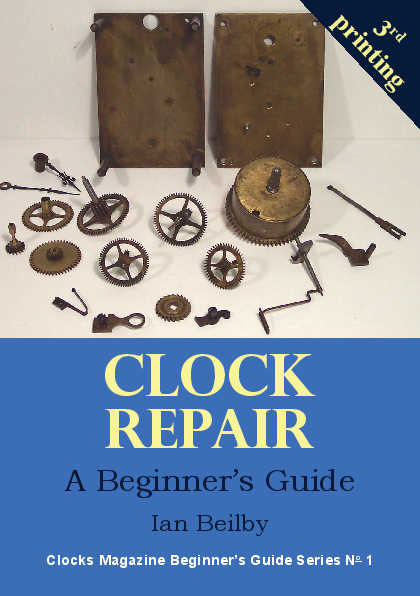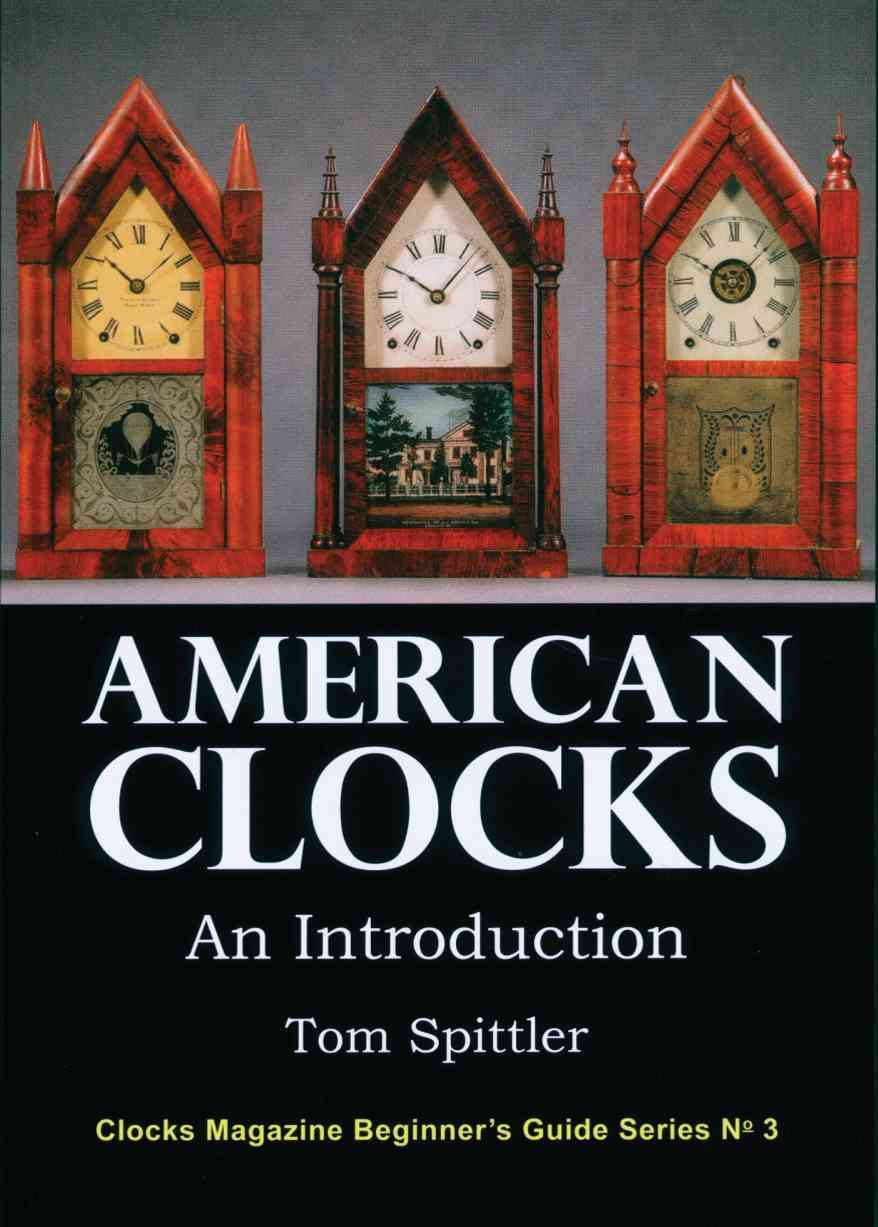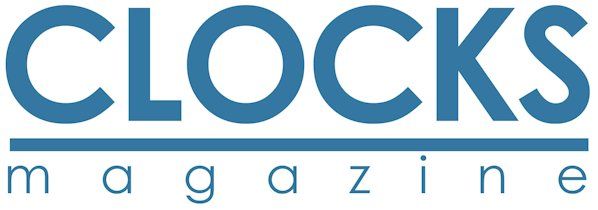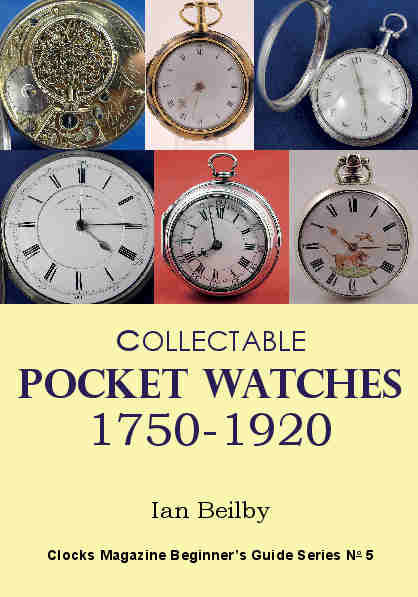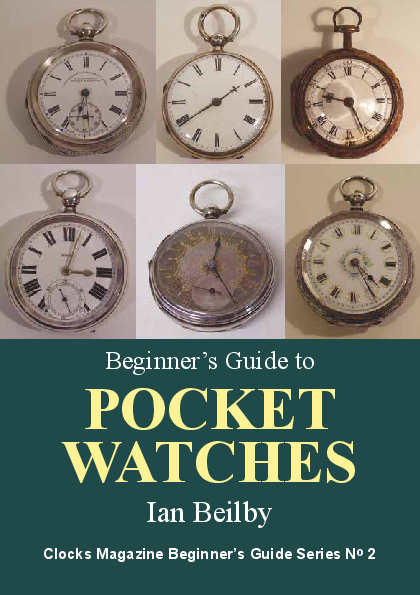Chronophage inventor gets Company gong
I
nventor and horologist Dr John C Taylor has been awarded the prestigious Harrison Medal by the Worshipful Company of Clockmakers at the annual Livery Dinner at Drapers’ Hall, London. Previous recipients include the renowned astronomer and physicist Sir Arnold Wolfendale FRS, horologist Jonathan Betts MBE and horologist David Thompson.
Founded in 1631, the Worshipful Company of Clockmakers is the oldest horological institution in the world, and its prestigious Harrison Medal has only been awarded to six other people. It commemorates outstanding achievements in propagating knowledge of the history of clockmaking and its appreciation, and is named after John Harrison, the renowned inventor of the marine chronometer.
Regarded as one of the world’s leading experts in the work of John Harrison, Dr Taylor has lectured around the world and alongside fellow Harrison Medal recipient Dava Sobel, who wrote the book Longitude: The True Story of a Lone Genius Who Solved the Greatest Scientific Problem of His Time about John Harrison. Harrison was an early horological pioneer, and his ‘sea clock’, the precursor of the marine chronometer, was the first clock accurate enough to be used for navigational purposes.
Dr Taylor has one of the world’s most comprehensive collections of early English clocks, including one of only three surviving John Harrison longcase clocks still working. Four of his items are currently being exhibited as part of the National Maritime Museum’s 'Ships, Clocks & Stars' exhibition, which has been transferred to Mystic Seaport, the USA’s leading maritime museum.
Dr Taylor’s interest in clocks extends beyond appreciation and study—his admiration for John Harrison led him to design and build the Corpus Chronophage, a 3m (10ft) high clock that is displayed in an exterior wall of his alma mater, Corpus Christi College, Cambridge. It was unveiled in 2008 by world-renowned physicist Stephen Hawking.
It was John Harrison’s grasshopper escapement that made his longcase clocks the most accurate in the world for 150 years. His sea clocks allowed sailors to navigate using the time accurately displayed. Dr Taylor celebrated that horological breakthrough with the Corpus Chronophage, in which the grasshopper is externalised, enlarged and shaped like a science-fiction grasshopper which stalks along the top of the clock, releasing the huge escape wheel that encircles the face.
Dr Taylor has since created three more Chronophage clocks: the Midsummer Chronophage, the Dragon Chronophage and a private commission for a US collector.
He is perhaps best known for having created the bimetal thermostat controls inside electric kettles and other small household appliances. To date, over two billion of these thermostats have been used around the globe. He has over 400 patents to his name, making him one of the world’s most prolific inventors.
Bimetal itself was invented by his hero John Harrison.
Musical wristwatches
Musical watches are much loved by collectors. The Boegli watch factory of Switzerland is one of the few firms that still produces musical wristwatches.
The first watch with a musical movement was manufactured 200 years ago, the first Boegli musical watch in 1904.
Each movement is hand fabricated by craftsmen of the Jura, Switzerland.
The distinctive feature of Boegli watches is the accuracy of their musical carillons, whose mechanisms are made visible on the dials. A new collection was issued over Christmas, a limited edition of 99 playing The Nutcracker by Tchaikovsky and decorated by an Austrian artist.
Watch collection on market
The most important private collection of English watches to ever come to the market is to be offered at Sotheby’s London over the course of four sales between December 2015 and December 2016. Entitled ‘The Celebration of the English Watch’, this landmark collection provides a snapshot of British history through the pocket watch. It also brilliantly traces the evolution of watchmaking from the seventeenth century to modern day and the supremacy of England at pivotal moments of horology history.
The collection is the culmination of years of searching for the best examples in fine condition with superb provenance. The English watchmakers represented read as a who’s who of British horological giants, including David Ramsay, Edward East, Thomas Tompion, John Ellicott, Thomas Mudge, John Arnold, George Margetts, The Vuillamys, Thomas Cummins, Victor Kullberg, Charles Frodsham, through to the twentieth century horological icon, George Daniels. Each is world renowned for their groundbreaking advancements and for leaving their indelible mark on the history of British horology. Equally, extraordinary watches with exquisite decoration are found in the collection and pay tribute to the finest engravers, chasers, and enamellers working in England.
Put together over the past 20 years, this historic collection comprises 314 lots, estimated to fetch between £6 million and £9.5 million. The first of the four auctions, to which took place on 15th December 2015, paid homage to ‘David Ramsay and the First Clockmaker’s Court’ (see 'Under the Hammer', page 41). Coinciding with the recent transfer of the Clockmakers’ Company Museum collection to the Science Museum in London, the sale featured works by ten masters active in the first 20 years of the Clockmakers Company (1631-1651).
|
